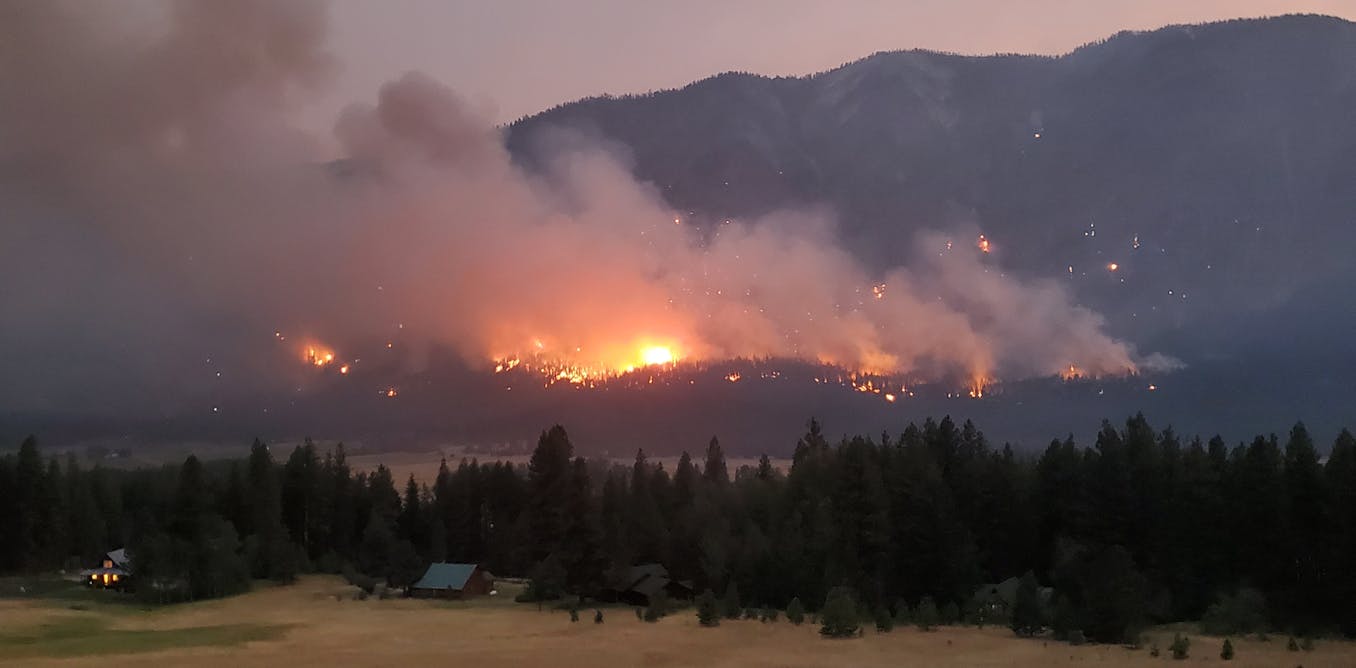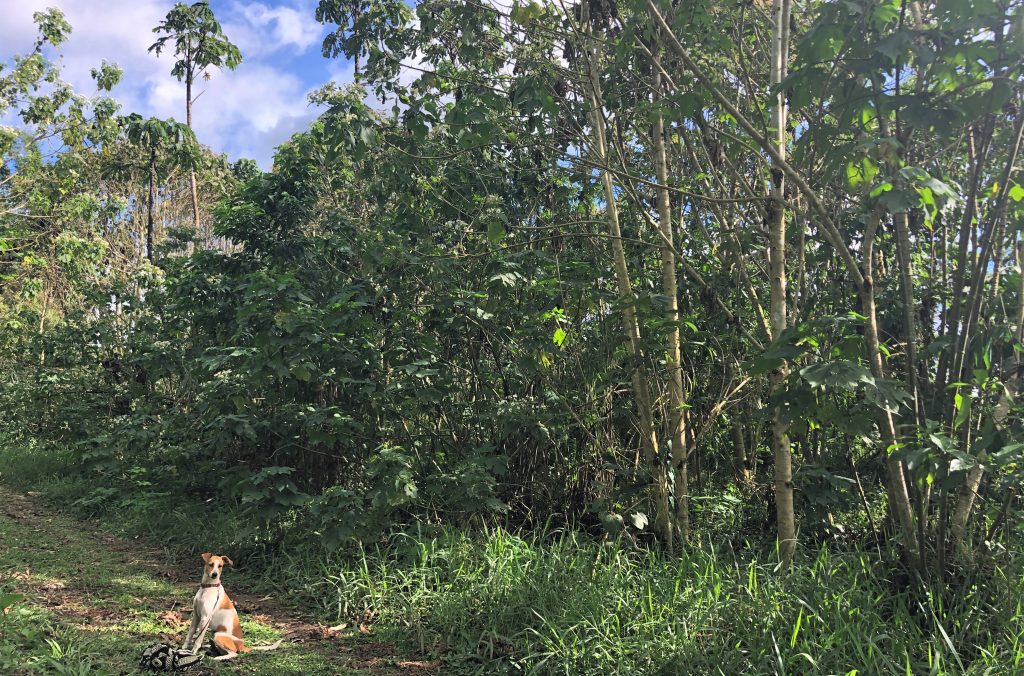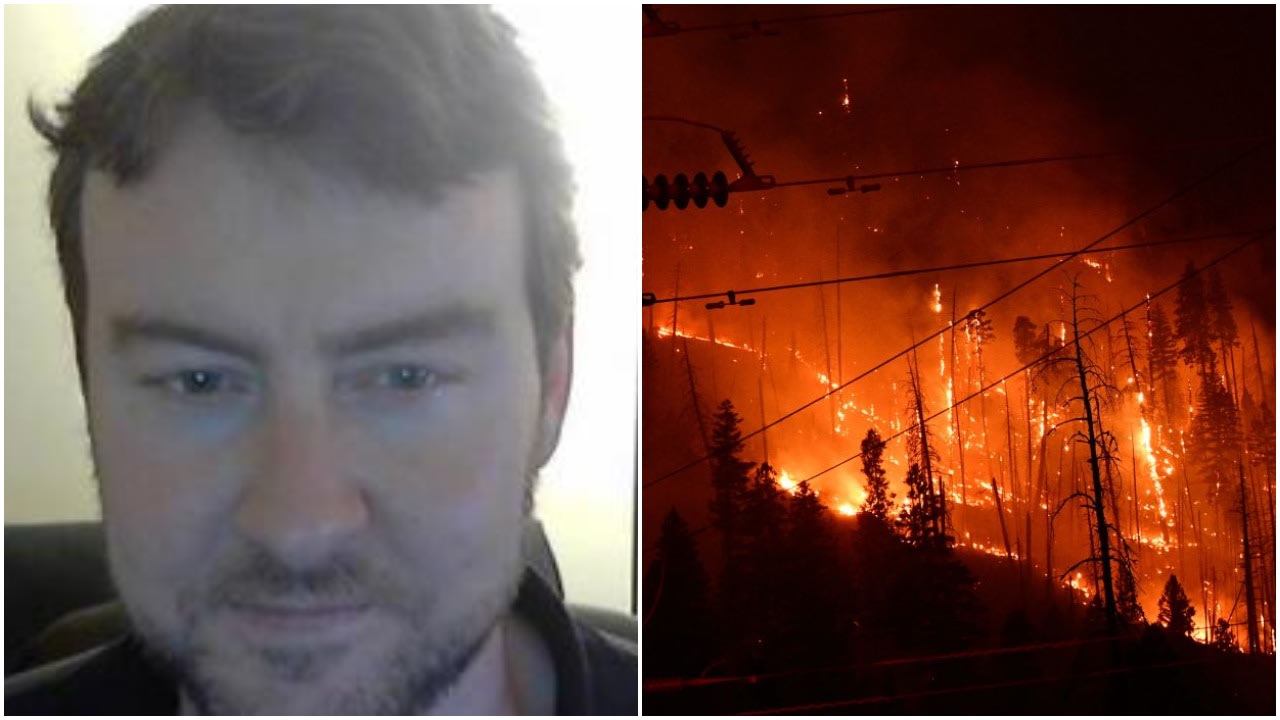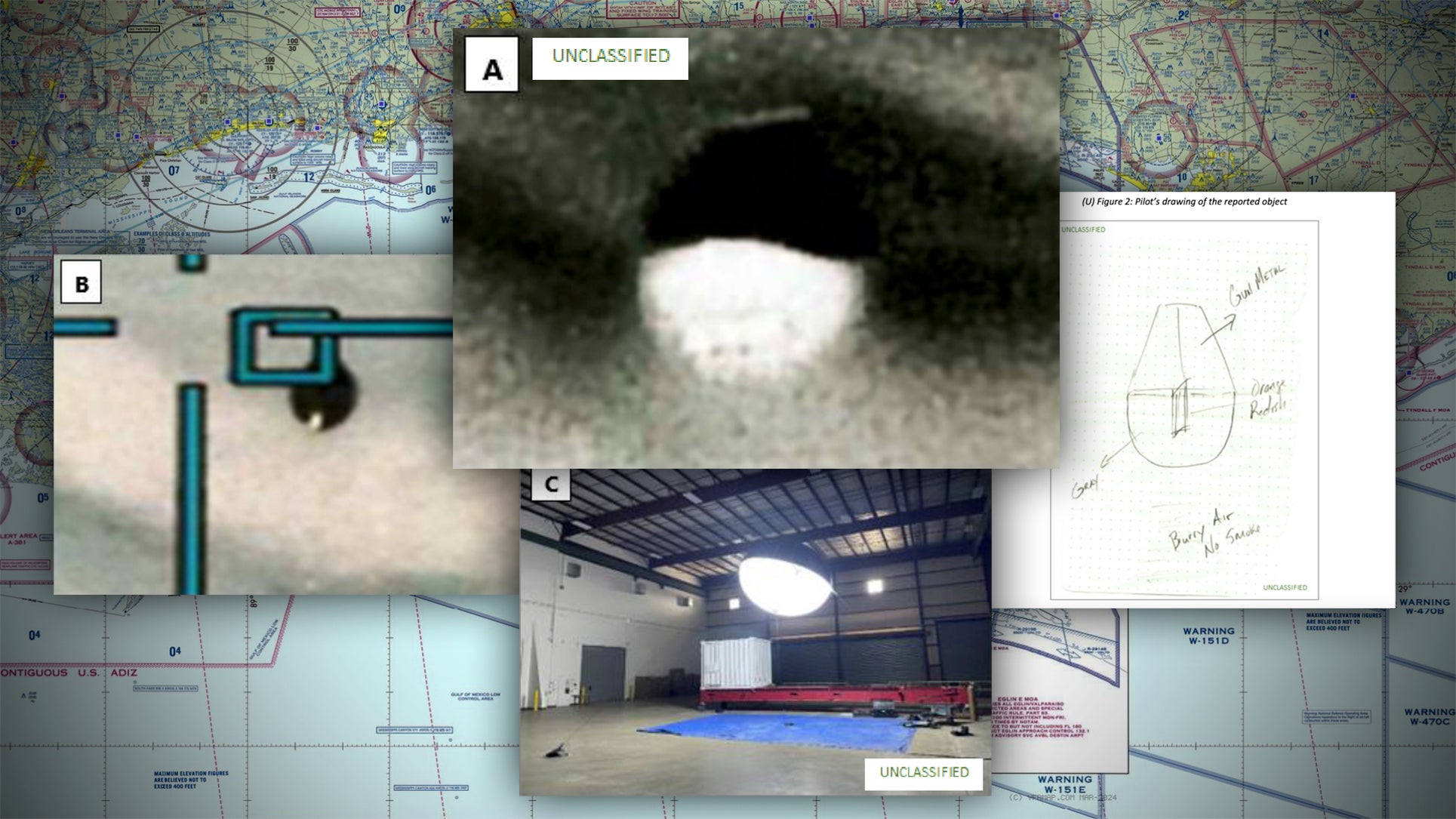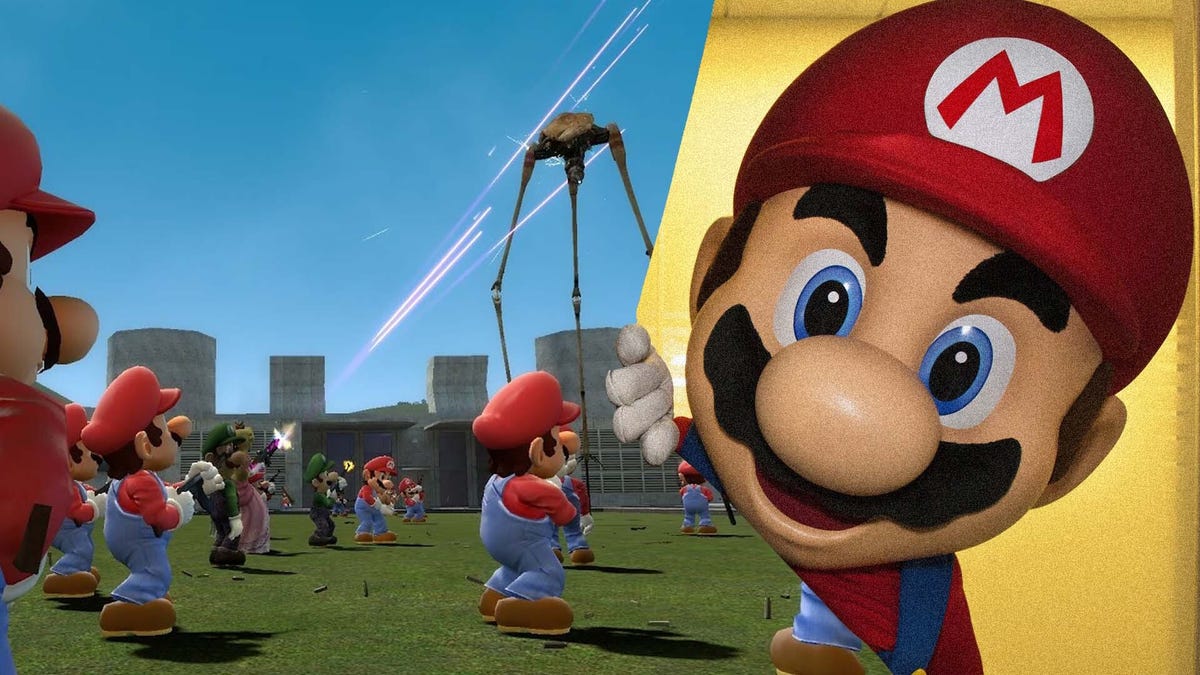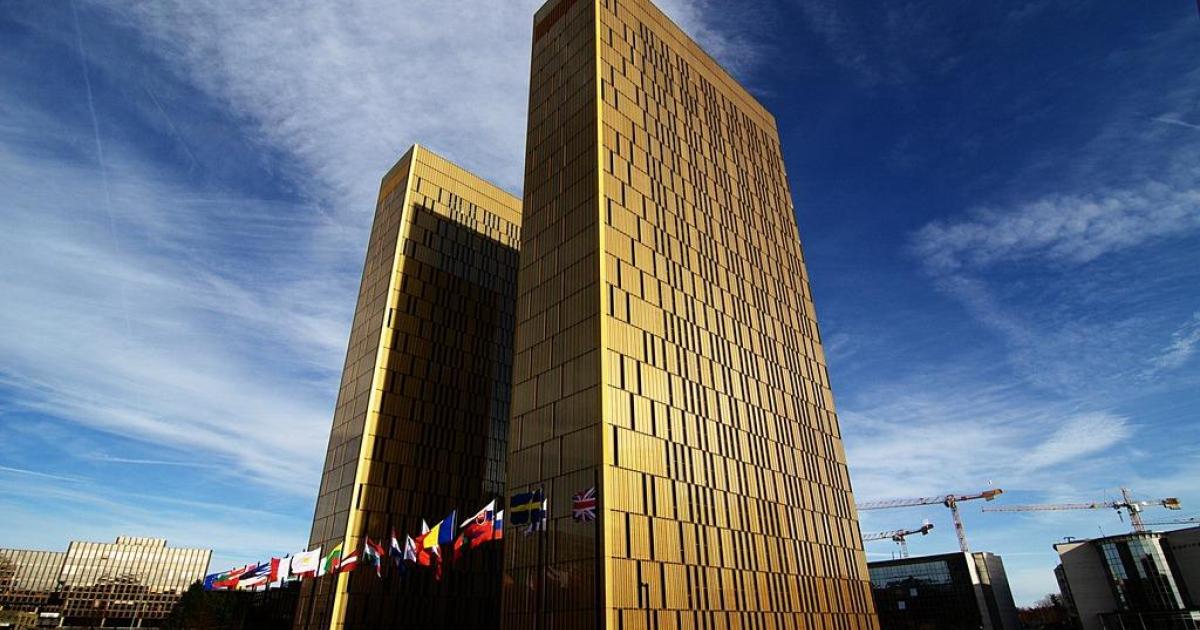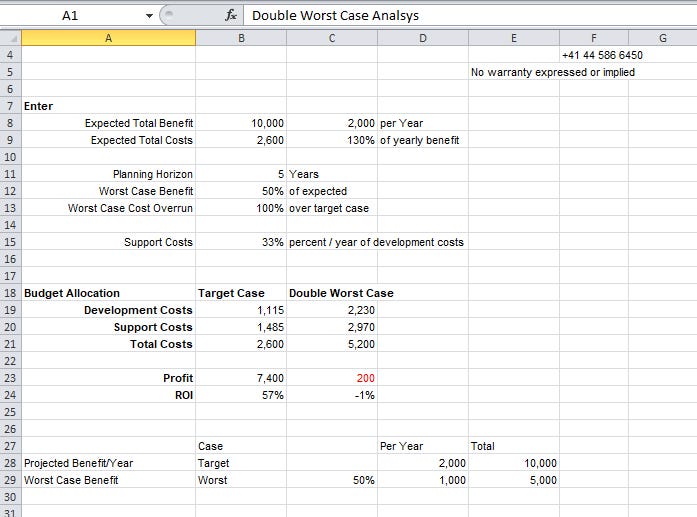The Forbidden Forest
The vast area around the French city of Verdun remains suspended in the year 1916. During the First World War, these hills and gorges were cratered by a continuous ten-month-long artillery bombardment more intense than any before and any since. The mature beech forests that cover the hills were home to some of the Great War’s most bitter fighting; as many as 150 shells fell for every square meter of this battlefield. As well as being the longest battle of the Great War, the Battle of Verdun also has the ignominy of being the first test of modern industrialized slaughter. Not for nothing was the battlefield known as “The Mincer.”
“There’s nothing like Verdun. This is a place where the world changed,” says Christina Holstein, a British historian. Over 60 million shells were fired into this area between February 21 and December 18, 1916, killing 305,440 men out of 708,777 casualties.
In the forest, in among the ruin, unexploded bombs lie everywhere. I walk inexpertly on uneven soil, the edge of one crater intersecting another, snagging my boots on what at first I assume are brambles but quickly recognize as copious strands of needle-sharp barbed wire camouflaged by sprigs of new growth. I’m being led by a small band of démineurs from the Département du Déminage through territory honeycombed with a myriad of trenches, tunnels, and mines. The French Interior Ministry estimates that at least 12 million unexploded shells reside in the hills and forests that rise above Verdun.

